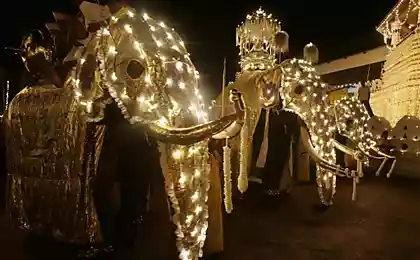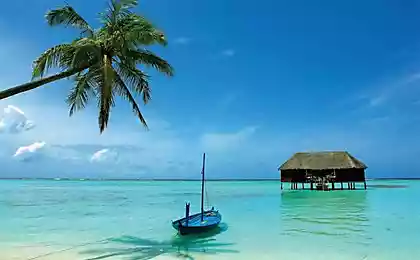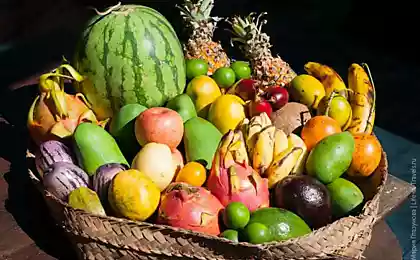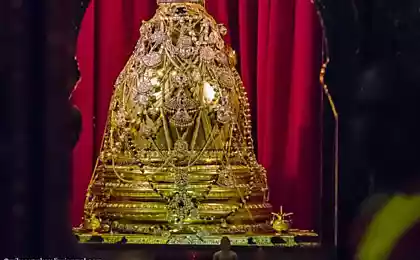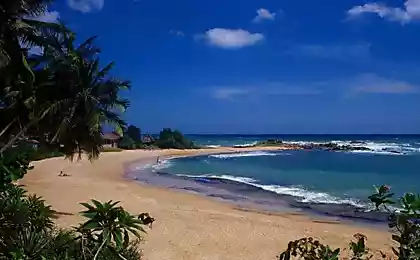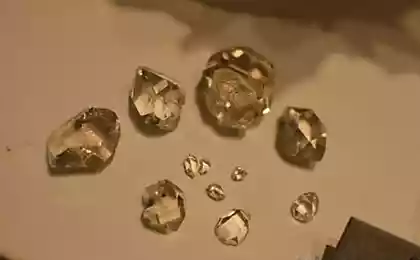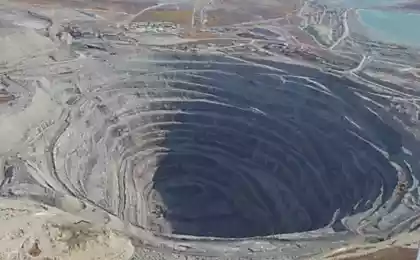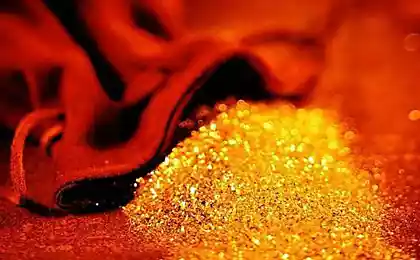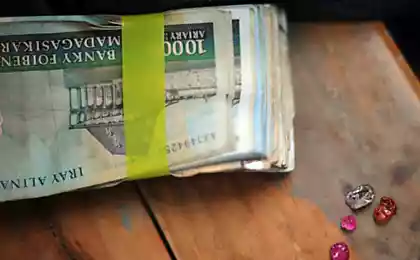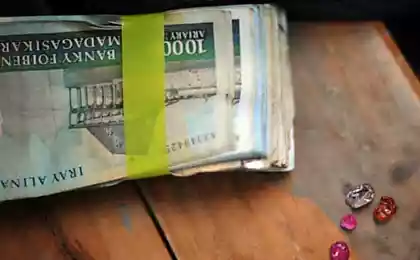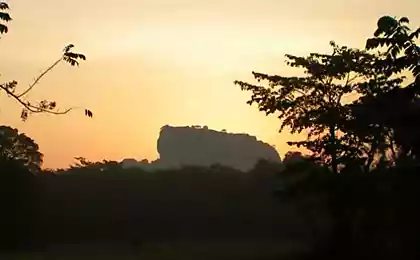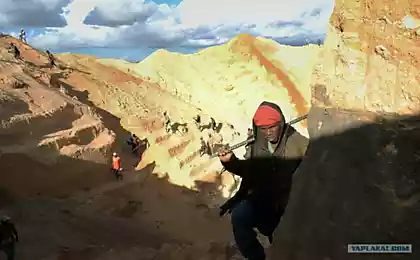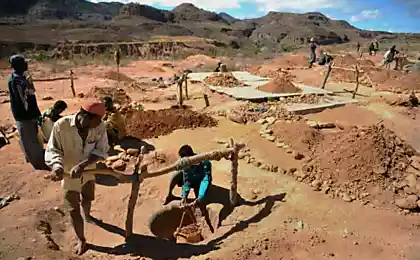1019
Mining gems in Sri Lanka
In addition to the famous tea plantations, Sri Lanka is famous for more gems. It is a leader in the production of precious stones. The process of extraction of stones remained unchanged since ancient times. This is still manual labor. Mines dig using picks and shovels, usually near the banks of the river. Samu rock rises to the top in baskets or buckets with ropes and then washed under running water or in the nearest river. Then proceed to the special people, trying to find a handful of precious stones. Sometimes you can find one, two, or even a handful of stones, but searchers are often left empty-handed. And the whole process starts again. Almost all gems, especially large, are sold at auction.
In times of Arab traders bore the name of the island or the island of Serendip gems. Under the name "Serendip" Sri Lanka entered into the stories of Sinbad the Sailor, twice-visited Sri Lanka, and tales of 1000 and 1 night. The famous traveler Marco Polo saw Ruby, a thickness of a human arm, adorned Ruwanwella dagoba in Anuradhapura. The famous blue sapphire "Blue Beauty" size of 400 carats adorning the English crown, as well as sapphire "Star of India" of 536 carats, exhibited at the Museum of New York originally from Sri Lanka, namely from Ratnapura, which for centuries was an important center of mining gems.
28 ph via Ilya Varlamov
01. Production is carried out only manually. Because of automation only pumps that pump out water continuously. Dig right in the rice fields. If you turn off the pump, the mine flood in about an hour. If the mine is deep, the air force is applied in the gallery, pumps.

02. Previously used for mining excavators and other heavy equipment, but after they were lakes.
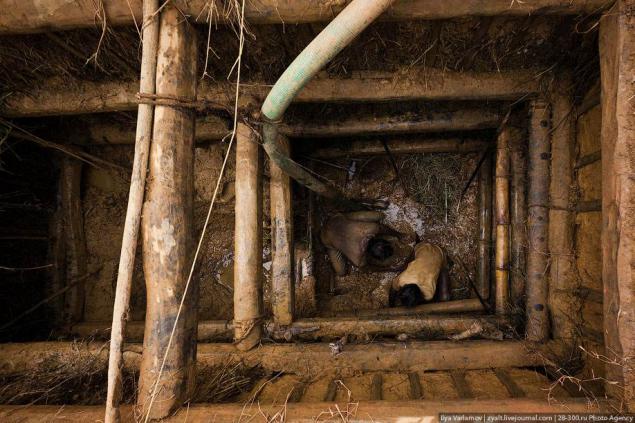
03. In Sri Lanka, about 90% of the land contains almost half of the 200 species of precious and semi-precious stones that exist in the world.
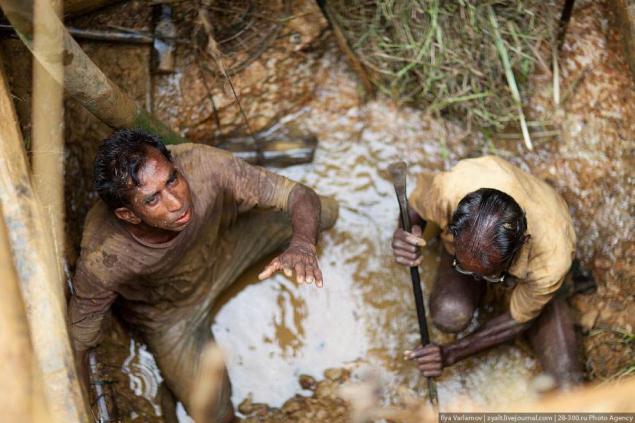
04. In order to extract the stones need a license, it costs $ 5,000 a year.
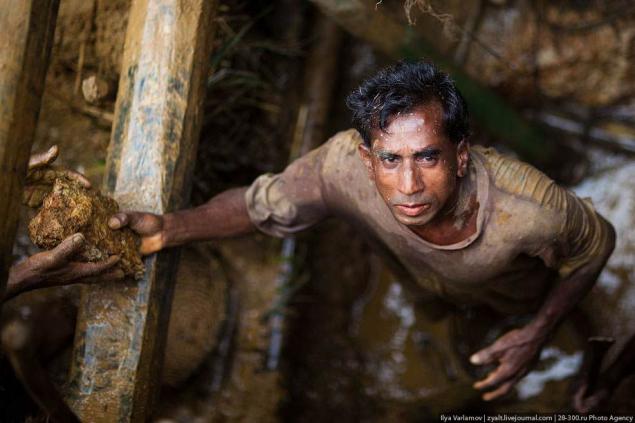
05. That these wicker baskets convey the ground up, where it is washed in the search for precious stones.
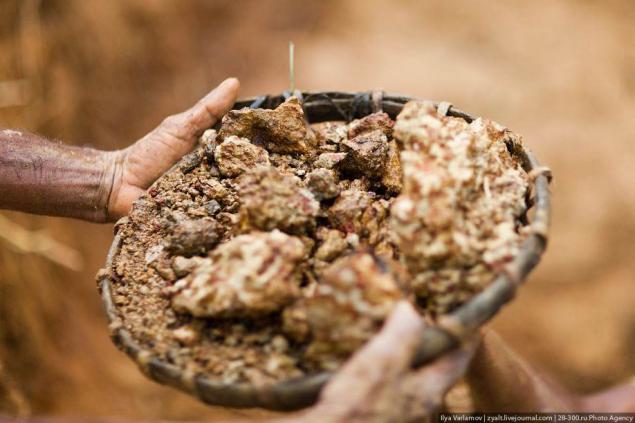
06.
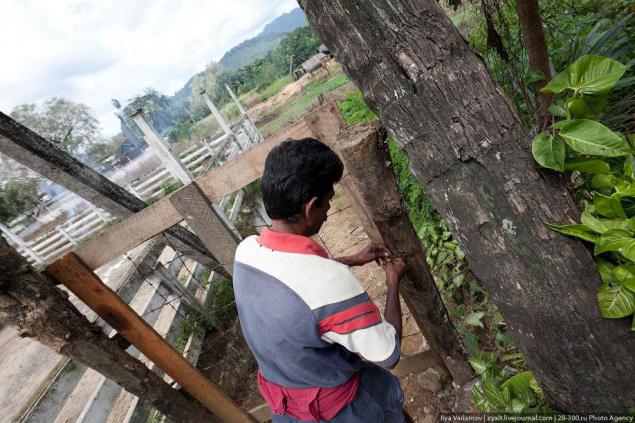
07. A more serious development of several mines. The depth of the mines of 7 to 30 meters.
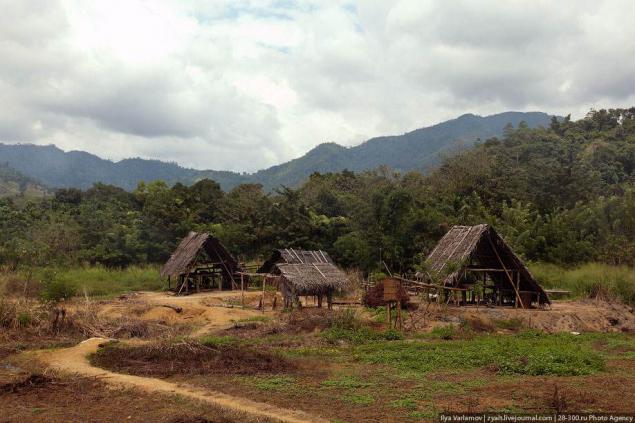
08.
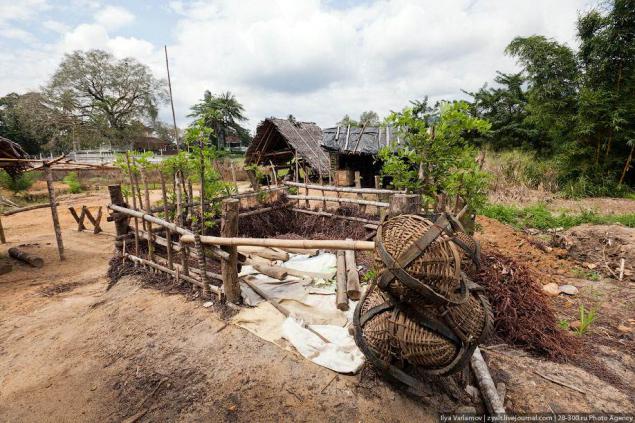
09. The development is stopped a few months ago, the mine is abandoned.
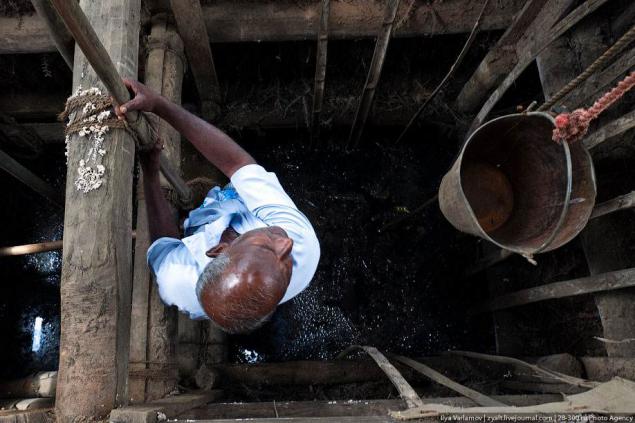
10.

11. All the raised clay washed.
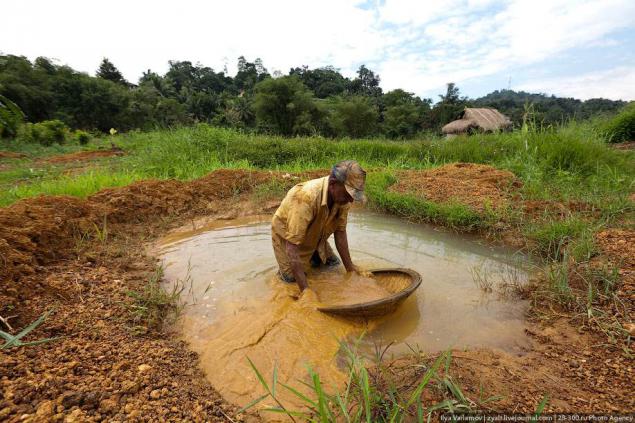
12.
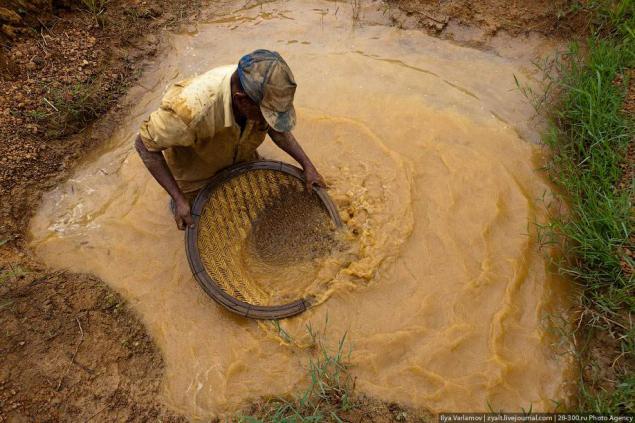
13. After 10 minutes in a special basket are only small stones.

14. Among them are precious sapphires, rubies, alexandrite, etc. Sometimes you can dig 2-3 months and not find a single stone.
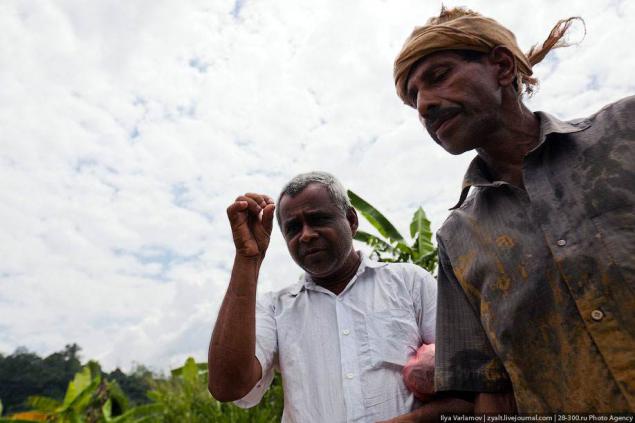
15.
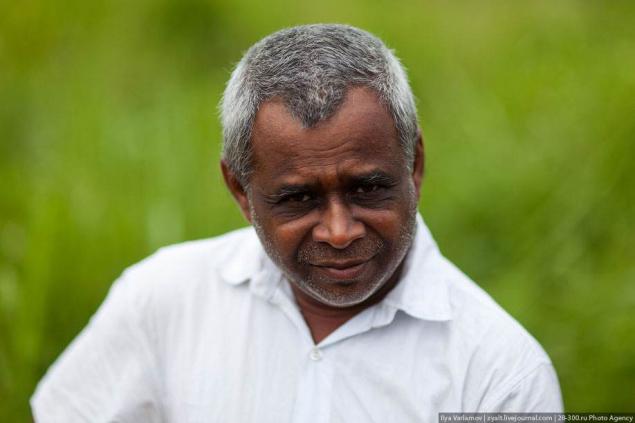
16. Here are a few semi-precious stones. After the end of the shift of the market rent. While not start processing the stone is not clear how it is valuable, so a lot of the rough stone nobody will. But if the stone is clean and free of impurities, it can be very expensive, but dobyvshy it will not know. In order not to lose money in the event of such a fortune, many prospectors working families, some mined, others treated.
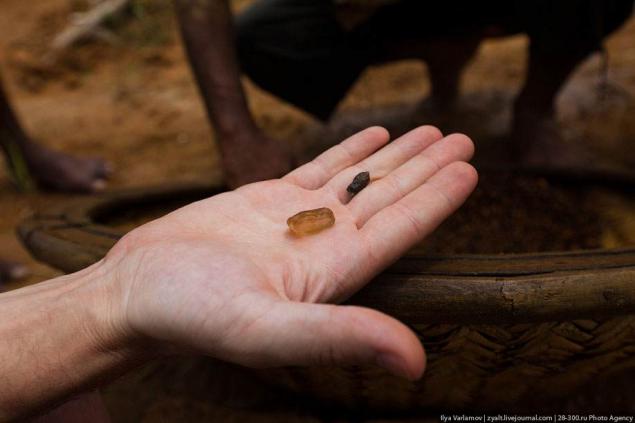
17.
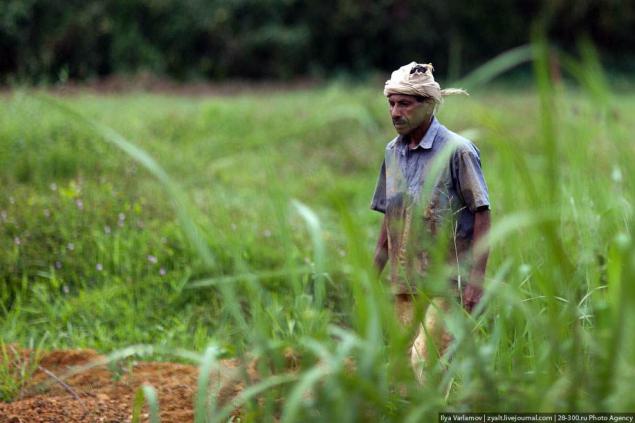
18. This Cowboy Marlboro.
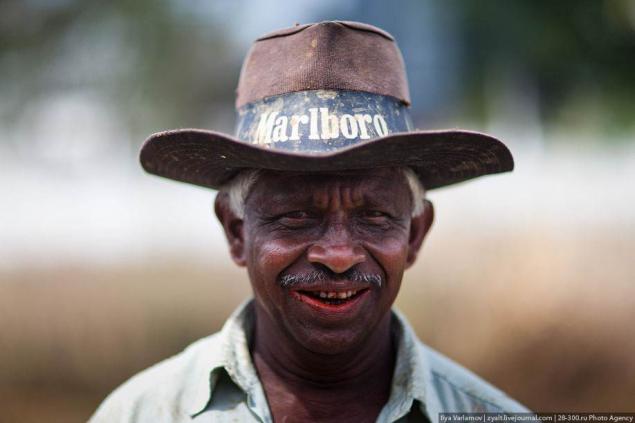
19.
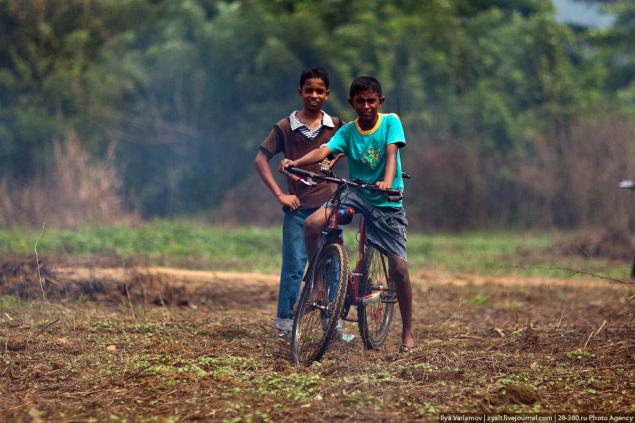
20.

21.
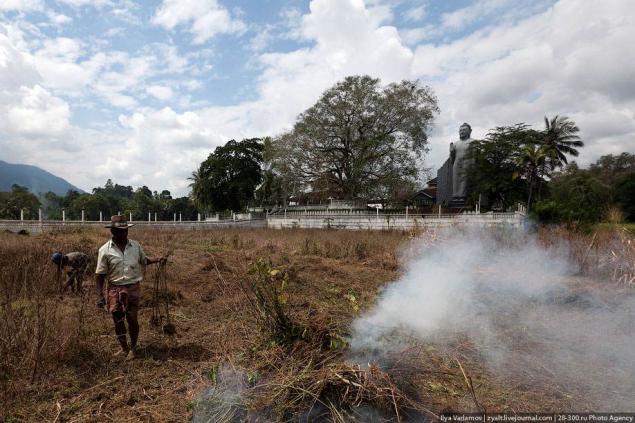
22. After processing the stones come into the store.
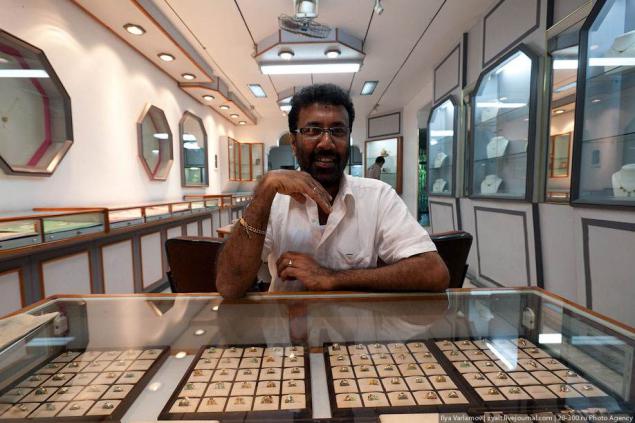
23.
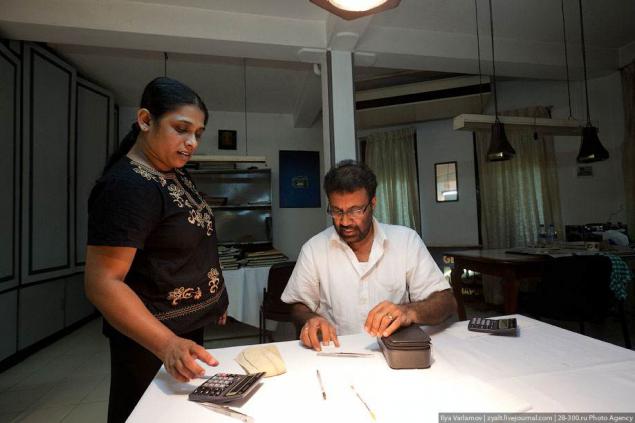
24.Hranyat them into envelopes. To understand where the real precious stone can only be a professional. Sapphires such heated to give it the desired color. This pure sapphire in the heat treatment does not need and is very expensive. The price per carat goes up to 10 000 dollars.
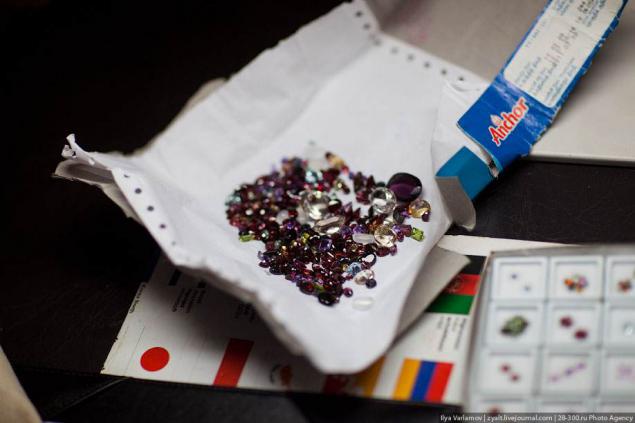
25. Handbag for the precious stones.
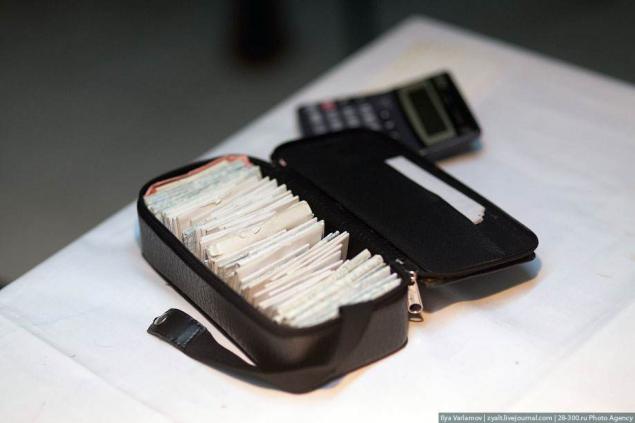
26. In Sri Lanka, there are different types of grenades: Essonne (orange-brown), almandine (fiery red) rhodolite (palely red) spesartit (brown and red), as well as yellow-red garnet. You can find here and chartreuse Alexandrite, Cat's Eye, The Moonstone (light, translucent with bluish reflections), Amethyst, Aquamarine, Beryl, Topaz (usually tan), Zircon, Tourmaline Chrysoberyl (golden yellow or greenish in color) and spinel.
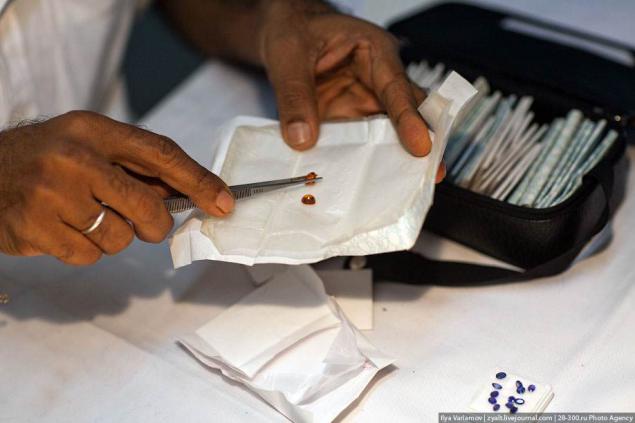
27 Sapphires, the average price of $ 300 per carat.

28.
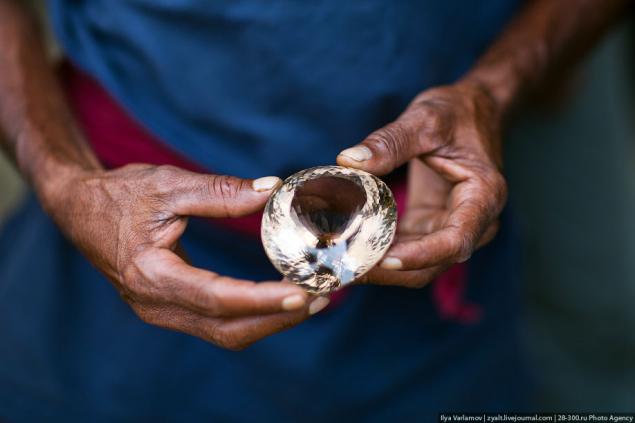
Source:
In times of Arab traders bore the name of the island or the island of Serendip gems. Under the name "Serendip" Sri Lanka entered into the stories of Sinbad the Sailor, twice-visited Sri Lanka, and tales of 1000 and 1 night. The famous traveler Marco Polo saw Ruby, a thickness of a human arm, adorned Ruwanwella dagoba in Anuradhapura. The famous blue sapphire "Blue Beauty" size of 400 carats adorning the English crown, as well as sapphire "Star of India" of 536 carats, exhibited at the Museum of New York originally from Sri Lanka, namely from Ratnapura, which for centuries was an important center of mining gems.
28 ph via Ilya Varlamov
01. Production is carried out only manually. Because of automation only pumps that pump out water continuously. Dig right in the rice fields. If you turn off the pump, the mine flood in about an hour. If the mine is deep, the air force is applied in the gallery, pumps.

02. Previously used for mining excavators and other heavy equipment, but after they were lakes.

03. In Sri Lanka, about 90% of the land contains almost half of the 200 species of precious and semi-precious stones that exist in the world.

04. In order to extract the stones need a license, it costs $ 5,000 a year.

05. That these wicker baskets convey the ground up, where it is washed in the search for precious stones.

06.

07. A more serious development of several mines. The depth of the mines of 7 to 30 meters.

08.

09. The development is stopped a few months ago, the mine is abandoned.

10.

11. All the raised clay washed.

12.

13. After 10 minutes in a special basket are only small stones.

14. Among them are precious sapphires, rubies, alexandrite, etc. Sometimes you can dig 2-3 months and not find a single stone.

15.

16. Here are a few semi-precious stones. After the end of the shift of the market rent. While not start processing the stone is not clear how it is valuable, so a lot of the rough stone nobody will. But if the stone is clean and free of impurities, it can be very expensive, but dobyvshy it will not know. In order not to lose money in the event of such a fortune, many prospectors working families, some mined, others treated.

17.

18. This Cowboy Marlboro.

19.

20.

21.

22. After processing the stones come into the store.

23.

24.Hranyat them into envelopes. To understand where the real precious stone can only be a professional. Sapphires such heated to give it the desired color. This pure sapphire in the heat treatment does not need and is very expensive. The price per carat goes up to 10 000 dollars.

25. Handbag for the precious stones.

26. In Sri Lanka, there are different types of grenades: Essonne (orange-brown), almandine (fiery red) rhodolite (palely red) spesartit (brown and red), as well as yellow-red garnet. You can find here and chartreuse Alexandrite, Cat's Eye, The Moonstone (light, translucent with bluish reflections), Amethyst, Aquamarine, Beryl, Topaz (usually tan), Zircon, Tourmaline Chrysoberyl (golden yellow or greenish in color) and spinel.

27 Sapphires, the average price of $ 300 per carat.

28.

Source:
